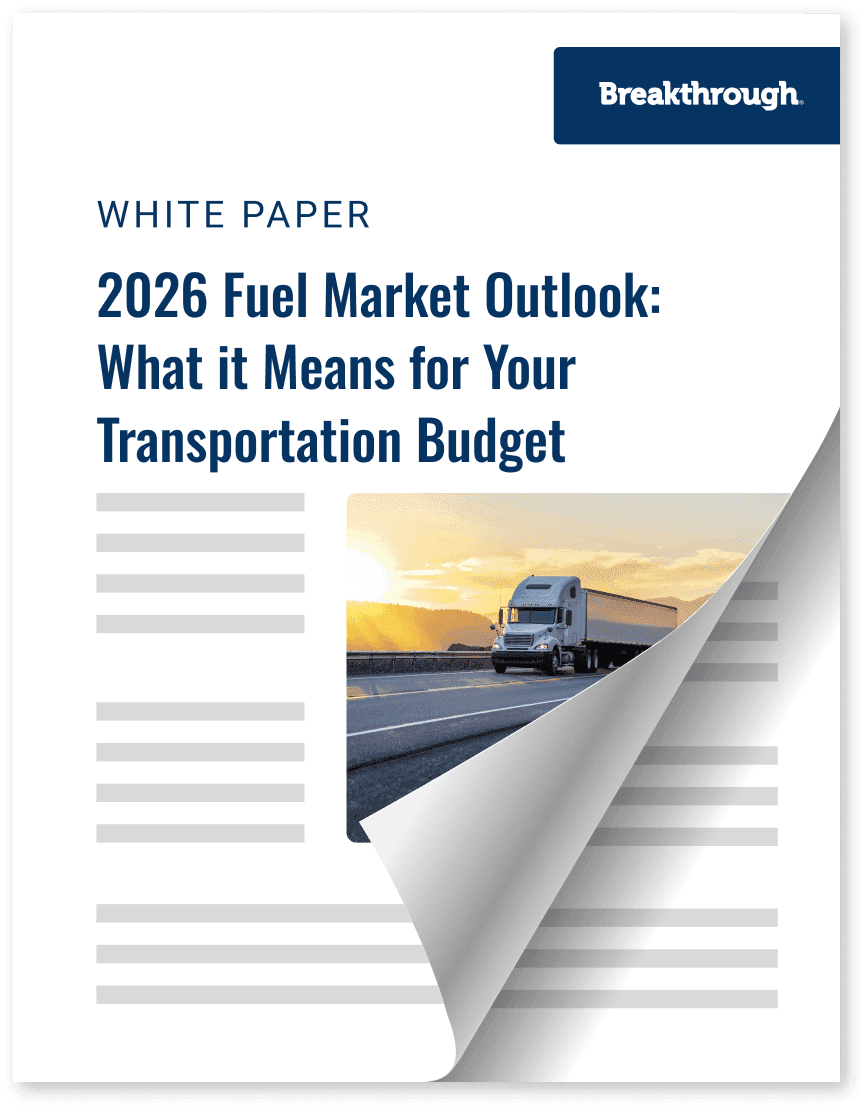2026 Fuel Market Outlook: What it Means for Your Transportation Budget

Trending
Top Posts
4 min read
December 5, 2018

Share:
Table of contents
Browse the table of contents to jump straight to the part you’re looking for
US President Donald Trump and Chinese President Xi Jinping partook in a much-anticipated dinner last Saturday, December 1, to discuss the recent trade dispute between the two economies including tariffs on over $200 billion in Chinese goods. The meeting took place in Buenos Aires on the heels of the G-20 summit.
The two presidents left the meeting with a definitive motion to bypass the January 1st hike in tariffs, (from the current 10 percent on $200 billion in Chinese goods to 25 percent) while negotiating more mutually beneficial trade terms. Here, however, is where the clarity in terms ends, as both parties released separate statements that had vague and conflicting analyses of the meeting.
While both statements allude to similar concepts and pain points that need to be addressed in the interim—like increasing Chinese imports of US goods, ongoing collaboration between the two leaders, and North Korean relations—neither directly addresses these topics in the same manner.
The US statement gave a more detailed summary of the conversation, stating conditions China must adhere to in order to fully eliminate the possibility of increasing tariffs. Most glaringly, the US alleges that the postponement in tariff increases has a definitive timeline—ninety days. China did not respond positively to the announcement of a timeline, apparently unaware of this stipulation made by the US.
Other conditions include “very substantial” increases in Chinese spending on US farm, energy, and industrial products, and negotiations surrounding forced technology transfer, intellectual property protection, non-tariff barriers, and cyber theft.
The Chinese statement is less specific in its analysis of the agreement, simply stating that the 25 percent tariff increase was postponed, with no acknowledgment of the 90-day timeframe specifically. It claims that China agrees to import more US goods, however, little context is given about where that investment will be made, when, and to what degree.
Both parties involved do, however, feel that the meeting was a success.
Regarding equities markets, confusion is evident in the rather large swings that have occurred in the two days following the meeting.

Initially, markets responded positively, interpreting the Trump-led announcements as an indication that trade disputes would be resolved, and that China would bring relief to both the auto industry and beleaguered farmers. However, after the majority of news outlets reported a lack of agreement from both the US and China, as well as a lack of cohesive messaging from within the Trump administration, markets took a wild swing in the opposite direction, giving back the previous session’s gains and more.
The uncertain haze equity markets are muddling through underscores the landscape that businesses will be forced to navigate when making supply chain sourcing and structuring decisions moving into 2019. A lack of clarity surrounding trade, combined with the Fed raising interest rates and being less transparent about future rate decisions means that capital investments run a significant risk of being made with little confidence.
This lack of confidence and ambiguity could limit the number of investment companies are willing to make into large-scale capital projects, minimizing adjustments made to their supply chains and limiting enhancements to productivity. If market conditions continue to keep decision-makers in the dark, we anticipate downward pressure put on economic growth in the short-run. As a result, it would be reasonable to assume softening freight demand and increased capacity available for shippers until markets are put back on surer footing.
In 2018, the topic of trade has been top-of-mind for many in the industry as we navigate an ever-changing and volatile corner of the market. Breakthrough will continue to monitor the global trade landscape as conditions evolve and decisions become more salient so that we can communicate how these changes affect our clients’ supply chains.
If you have any questions about the current state of trade, the freight market, or any other transportation and energy-related topics, contact us.

6 min read
November 20, 2025
Understand the impact of Ukrainian drone strikes on Russian refineries. Learn why diesel prices are volatile and how to protect your budget from market shocks.
Read more
7 min read
November 11, 2025
Discover how fuel management systems cut costs, track emissions, and improve reimbursement accuracy for modern freight operations.
Read more
6 min read
November 10, 2025
Explore how the proposed Union Pacific–Norfolk Southern merger could reshape rail in the U.S. Learn impacts on competition, pricing, and service.
Read more